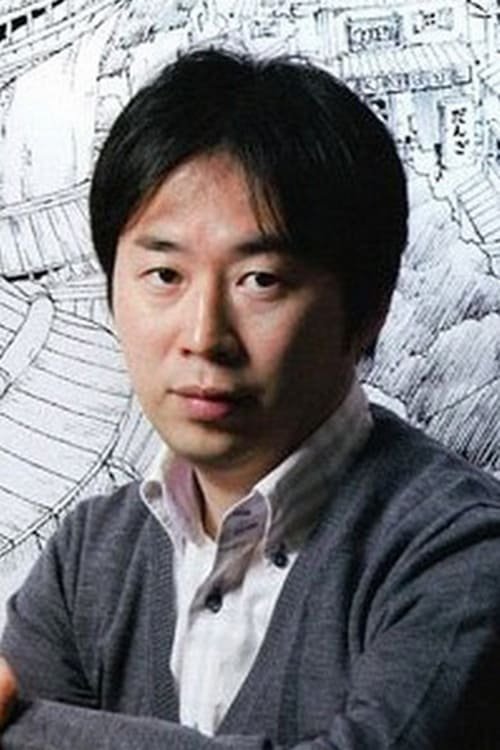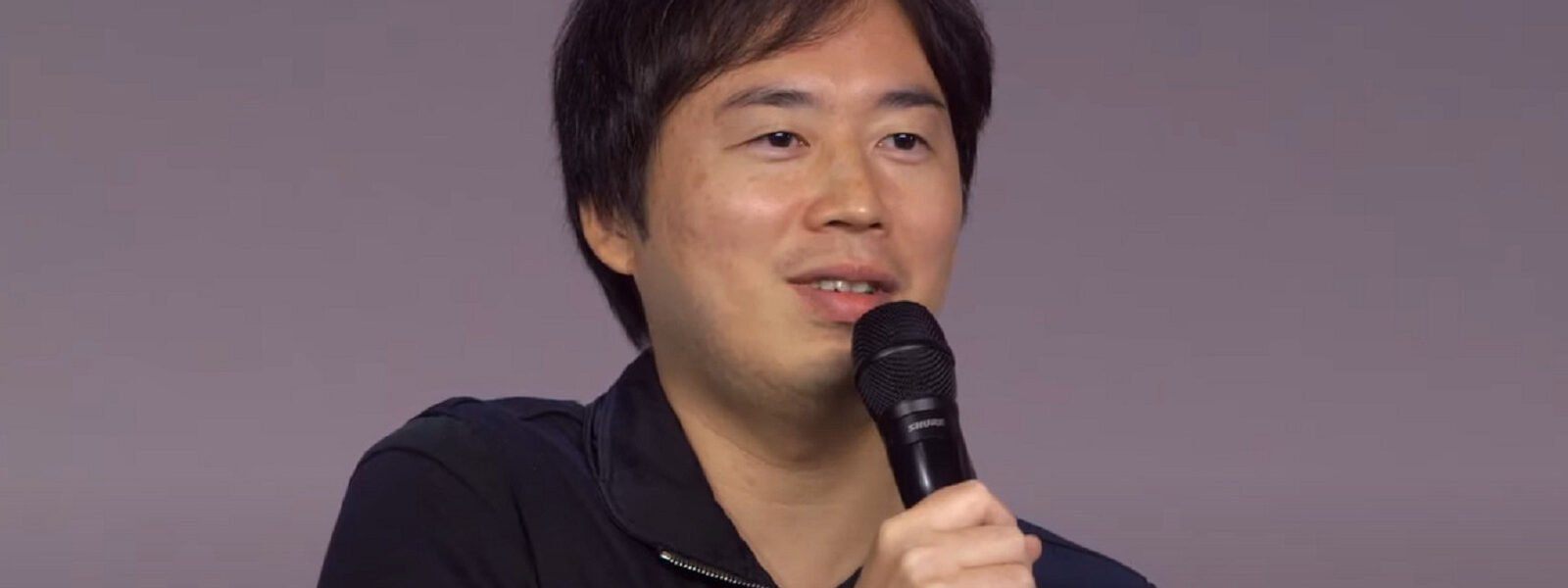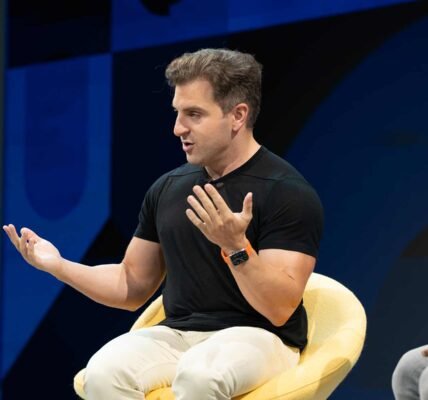Masashi Kishimoto, born on November 8, 1974, in Okayama Prefecture, Japan, has left an indelible mark on the world of manga with his extraordinary creativity. His journey from a young manga reader to an acclaimed manga artist is nothing short of inspiring.

Early Life
Masashi Kishimoto was born as the elder identical twin of Seishi Kishimoto. His childhood in Okayama was enriched by stories of war narrated by his grandfather, which significantly influenced his future works. Kishimoto’s passion for drawing was evident from a young age, often sketching characters from anime shows he watched, such as Dr. Slump’s Arale and Doraemon.
During elementary school, Kishimoto and his brother became avid fans of the Kinnikuman and Dragon Ball anime. This period saw Kishimoto developing a deep admiration for Akira Toriyama, the creator of Dragon Ball, whose work profoundly shaped Kishimoto’s artistic career. Despite exploring other interests like baseball and basketball in high school, a poster of the animated film Akira reignited his fascination for manga, leading him to emulate the illustration style of the film’s creator, Katsuhiro Otomo.
Career
Finding His Style
At Kyushu Sangyo University, Kishimoto spent considerable time honing his manga drawing skills. Initially, he attempted to create a Chanbara manga for Weekly Shōnen Jump magazine, but his early works leaned more towards seinen manga, aimed at adults, rather than shōnen manga for younger readers. This realization prompted Kishimoto to develop a style that would appeal to the Shōnen Jump audience, drawing inspiration from various anime character designers, particularly Tetsuya Nishio, the designer for the anime adaptation of Ninku.
Early Works
Kishimoto’s first successful manga pilot, Karakuri, earned him an honorable mention in Shueisha’s monthly “Hop Step Award” in 1996. This recognition set the stage for his most renowned work, Naruto. Although his initial attempts, including Michikusa and Asian Punk, were not successful, his one-shot version of Naruto, published in Akamaru Jump Summer in 1997, received positive feedback.
The Rise of Naruto
Naruto debuted in Weekly Shōnen Jump in September 1999 and quickly became a global sensation. The series continued for over 15 years, concluding in November 2014 with a total of 700 chapters collected in 72 volumes. Naruto has sold over 300 million copies worldwide and earned Kishimoto the “Rookie of the Year” award from the Agency for Cultural Affairs.
The Success of Naruto
The success of Naruto extended beyond manga. It was adapted into two popular anime series, Naruto and Naruto Shippuden, and numerous films and video games. Kishimoto personally supervised the two canonical anime films, The Last: Naruto the Movie and Boruto: Naruto the Movie. In addition to the Naruto manga, Kishimoto also authored several one-shot stories.
Other Works
During Naruto‘s serialization, Kishimoto worked on various other projects. He created a one-shot baseball manga, Bench, and published a one-shot version of his long-postponed mafia manga, Mario. Many of Kishimoto’s one-shots, including Mario, Bench, and the original Naruto pilot, were later published in English in Weekly Shonen Jump digital magazine.
After Naruto
Following Naruto‘s conclusion, Kishimoto embarked on the Start of a New Era Project, commemorating the manga’s end and 15th anniversary. He authored a spin-off miniseries, Naruto: The Seventh Hokage and the Scarlet Spring, which ran from April to July 2015. He also illustrated several light novels set during the same period as The Last.
Works
Manga
Kishimoto’s contributions to manga extend beyond Naruto. Some of his other notable works include Karakuri, Bench, and Mario. He also supervised the monthly Boruto: Naruto Next Generations manga series, which began in Spring 2016. Another significant work of Kishimoto is Samurai 8: The Tale of Hachimaru, a science fiction adventure series that debuted in Weekly Shōnen Jump in May 2019.
Animated Films and Video Games
Kishimoto’s influence extended to animated films and video games. He planned the story and designed original characters for the ninth Naruto film, Road to Ninja: Naruto the Movie. He also supervised The Last: Naruto the Movie, which bridges the series’ conclusion and epilogue. In the realm of video games, Kishimoto redesigned the character Lars Alexandersson for Tekken 6 and created Mecha Naruto for Naruto Shippuden: Ultimate Ninja Storm Revolution.
Personal Life
Kishimoto married in 2003 but due to his busy schedule with Naruto, he couldn’t take a honeymoon until 2015. The couple has one son. His twin brother, Seishi Kishimoto, is also a manga artist, known for his works 666 Satan and Blazer Drive.
Influences and Style
Kishimoto’s artistic style is influenced by several renowned manga artists and filmmakers. He cites Akira Toriyama’s Dragon Ball and Katsuhiro Otomo’s Akira as major influences. He also admires the works of Yoshihiro Togashi, Takeshi Kitano, Quentin Tarantino, and Michael Bay. Kishimoto’s drawing process involves a five-step method: concept and rough sketch, drafting, inking, shading, and coloring. Despite similarities in their styles, he and his brother Seishi developed their unique styles independently, influenced by many of the same elements.
Masashi Kishimoto’s journey from a manga reader to a celebrated manga artist showcases his passion, dedication, and creative brilliance. His works, especially Naruto, have left a lasting impact on the world of manga and continue to inspire aspiring manga artists worldwide.





